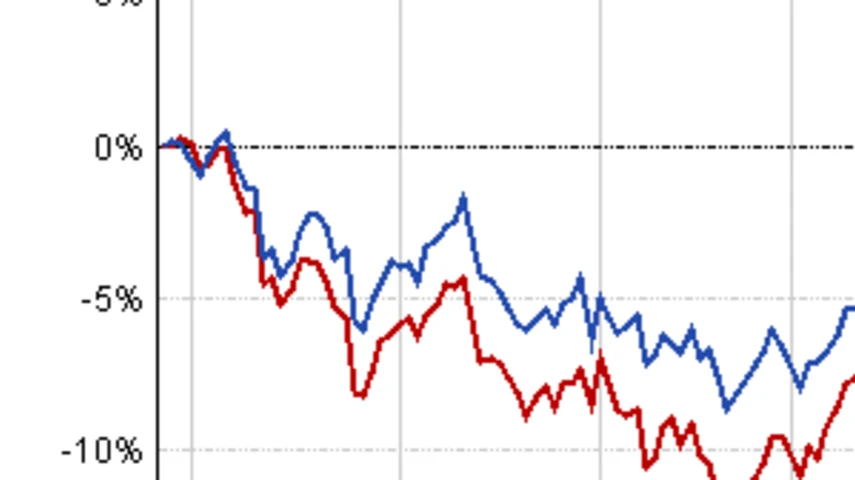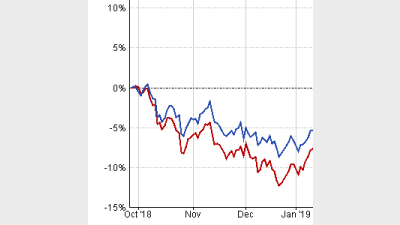August brings weak earnings for equities



August’s earnings season was the ‘weakest for many years’ with many areas of the S&P ASX 300 looking overly expensive, according to State Street.
Earnings estimates for Australian companies were revised lower by 2.7% during the period.
This fed through to a decline in expectations for dividends too but this was more muted at only a decline of 0.4% and buybacks and special dividends remained a theme.
Sectors including banks, financials, energy, utilities, information technology and healthcare all experienced markdowns in their expectations for next year’s earnings. This led to the market being supported by primarily materials, consumer staples, real estate and communication sectors.
The State Street Australian Equity fund said it benefitted from opting to invest in real estate with a lower exposure to metals and mining. However, it suffered from exposure to materials and gold.
During the month, it added more defensive names such as Wesfarmers and reduced exposure to names that suffered falls in sentiment such as energy company AGL.
The State Street Australian Equity fund has returned 13.7% over the one year to 26 September, according to FE Analytics, versus returns of 9% by the ACS Equity-Australia sector.
State Street Australian Equity fund v Australian equity sector performance year to 26 September 2019
Recommended for you
The Financial Advice Association Australia has appealed to licensees to urgently update their FAR records as hundreds of advisers are set to depart by the end of the year.
Demand for robo-advice tools is rising, a report has shown, but this is occurring simultaneously with rising demand for professional face-to-face advice.
ASIC has released the results of the latest financial adviser exam, held in November 2025.
Winners have been announced for this year's ifa Excellence Awards, hosted by Money Management's sister brand ifa.












